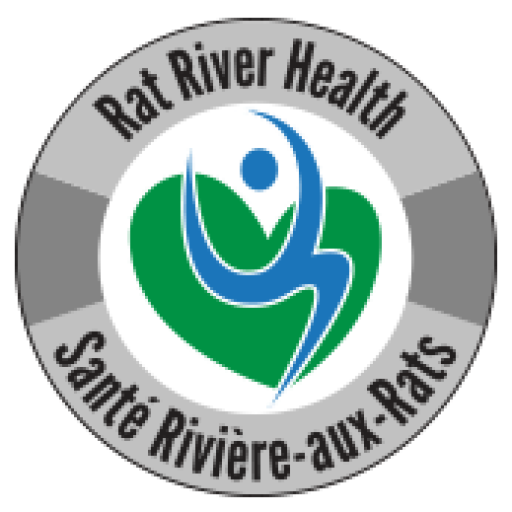Crow Wing Trail Association Inc.
https://crowwingtrail.ca/
Box 268
St-Pierre-Jolys, MB
R0A 1V0
English
https://www.facebook.com/cwingtrail
WHO DO YOU OFFER YOUR SERVICES TO?
The Crow Wing Trail is open to the public including people of all ages. Some areas of the trail are also regularly used by our winged and four legged relatives.
WHAT SERVICES DO YOU OFFER, AS YOU LOOK THROUGH A HEALTH LENS?
The Crow Wing Trail is located on Treaty 1 land, the original lands of the Anishinaabe and the homeland of the Red River Métis. We respect the treaty that was made on this territory, we acknowledge the harms and mistakes of the past, and we dedicate ourselves to moving forward in partnership with Indigenous communities in a spirit of truth, reconciliation and collaboration. We encourage all trail users to learn more about the land that they are travelling on. Our mission and key service is to improve, maintain and promote the Crow Wing Trail as a public recreational trail for the health of us all and this planet. The modern day Crow Wing Trail, rooted on traditional Indigenous routes which were further developed by Métis trade guides leading Red River cart convoys, provides many opportunities to nurture healthy reconciling relationships with each other and with nature. Today the Crow Wing Trail is a 200km section of the Trans Canada Trail that runs from the Winnipeg floodway to Emerson. This trail is an opportunity for people to get outside, be actively engaged for their physical and mental health, while connecting with nature and the diverse culturally rich communities for their social and spiritual well-being.
WHAT SERVICES DO YOU OFFER, THAT PEOPLE KNOW LESS ABOUT?
The Crow Wing Trail is like the trunk of a tree connecting many communities along a diverse geography with various branches or spur trails independently created by local people providing expanded greenspace areas to experience.
Our correspondence and website are in English. Whenever possible our interpretive signs along the trail and educational resources are in English and in French. We are beginning to determine ways to include local Indigenous languages.
